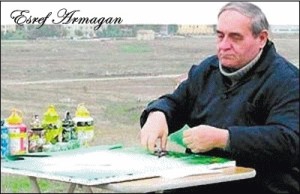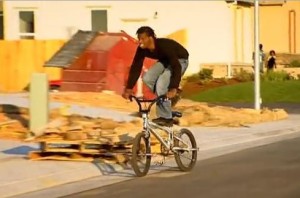Seeing… Beyond the eyes!
How can a child be helped if the EYES are not the source of the vision problem?
In No Brain, No Gain! we talked about how vision takes place in the BRAIN. But what can be done when the eyes are healthy, and the brain needs support?
Cortical Visual Impairment
Where exactly is the difference between non-ocular vision problems and Cortical Visual Impairment (CVI)? Is CVI just a more severe form of visual processing disorders? Can vision therapy help?
Can Vision Therapy help these folks?
The short answer is, “yes, it can!”
How is that possible?
Helping an individual whose vision problem originates beyond the eyes requires a very well-integrated understanding of THE VISUAL PROCESS.
For a patient with Cortical Visual Impairment, there is a lack of activity in the primary visual processing area. (“Cortical” refers to the cerebral cortex, or “folded” area of the brain.) A vision therapy program designed for a patient with CVI would look quite different, compared to the typical Vision Therapy patient. But the underlying visual processing concepts are the same.
How is it possible for behavioral optometrists to help these patients?
Within the field of behavioral (developmental) optometry, it is understood that we are working with BOTH visual input (i.e., visual skills) AND visual OUTPUT (i.e., visual processing).
 Ultimately, in Vision Therapy, the target organ is the BRAIN. The eyes are just the sensors. We teach our patients how to make more efficient, effective use of their eyes (i.e., to better direct their sensors) AND to make more efficient, effective use of visual information (i.e., to better receive with their sensors).
Ultimately, in Vision Therapy, the target organ is the BRAIN. The eyes are just the sensors. We teach our patients how to make more efficient, effective use of their eyes (i.e., to better direct their sensors) AND to make more efficient, effective use of visual information (i.e., to better receive with their sensors).
“Vision Therapy” encompasses many different potential supports to this visual process.
We live in a 3-dimensional world. We navigate that world, no matter how much or how little we are able to sense through our eyes. But our brains maintain an awareness for the space in which we move, and organize that space, using information from all of our available senses: tactile, auditory, as well as visual. We can even use time to help us organize space (e.g., how long does it take to get from A to B? How fast am I moving? How far apart must they be?).
The concepts of SPACE/TIME and SPATIAL organization are integral to any professional involved in visual processing work, and are at the crux of vision therapy programs. So, behavioral optometrists are in an excellent position to help any individual, fully sighted, partially sighted, or even blind, to learn how to organize and interpret space.
As we navigate through space, we build images of that space in our mind’s eye, using the visual processing areas of the brain, regardless of whether we collect information through touch, feel, or auditory input.
Seeing without eyes!
Below are two links on extraordinary individuals who learned to see and process 3-dimensional space without sight.
 Click the picture for a video on a man who was born without eyes, but his 3-dimensional visual processing is extraordinary.
Click the picture for a video on a man who was born without eyes, but his 3-dimensional visual processing is extraordinary.
He is, believe it or not, a painter!
His name is Esref Armagan.*
This is a documentary on Ben Underwood, a boy who lost his eyes at age 3, to cancer. He learned to see using echolocation– he used stereo-auditory processing to provide a 3-dimensional view of the world.
It is visual processing, integrated with auditory processing, which he uses to guide him.
No cane.
No dog.*
*Please note: These stories are shared to demonstrate what the BRAIN is capable of. This is not about vision therapy, as the boy trained himself to do this!





Leave a Reply